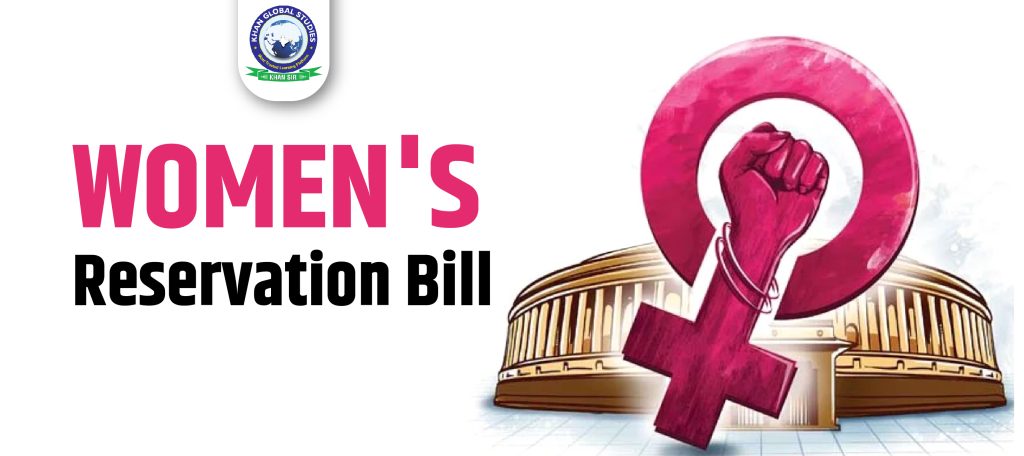
The Women’s Reservation Bill, a long-debated and controversial law, has been at the centre of discussion regarding gender equality in the political arena. In this article, we will discuss the intricacies of the Women’s Reservation Bill, its importance and the ongoing debate over its implementation.
About Women’s Reservation Bill
The Women’s Reservation Bill, also known as the Women’s Reservation Bill, is a proposed 108th constitutional amendment that aims to reserve one-third of the seats for women in the Lok Sabha (the lower house of the Parliament of India) and state legislative assemblies. The bill aims to address the glaring gender disparity in political representation and empower women in decision-making roles.
Know Six Important Things Related to the Bill
The Women’s Reservation Bill was introduced in the Lok Sabha on the 2nd day of the Parliament’s special session. There is a provision in this bill that women will get 33% reservation in the Lok Sabha, Delhi Assembly and the Legislative Assemblies of all the states. That means one-third of seats will be reserved for women. After this historical change, women’s presence in Indian politics will increase.
- Women’s Reservation Bill
A historic bill related to women was introduced in the new Parliament on the second day of the special session of Parliament. Union Law Minister Arjun Ram Meghwal proposed the Women’s Reservation Bill in the Lok Sabha on Tuesday (19th September 2023). After this bill becomes law, it will be mandatory to have 33% of women in the House. - 33% of Seats Reserved for Women
In this bill, 33% of seats have been reserved for women in the Lok Sabha. It has been introduced under this Constitutional Amendment Bill. After this 108th constitution amendment, one-third of participation in the Lok Sabha will be from women. This bill will strengthen women’s empowerment and also promote the representation of half the population. - Women’s participation will Increase
The Women’s Reservation Bill also has a provision to increase the representation of women in the Delhi Assembly. Under this, one-third participation of women in the Delhi Assembly will also become mandatory. This will give momentum to women to move forward in active politics in the national capital. After this law, at least 181 women MPs will be elected in the Lok Sabha, currently, the number of women members in the House is 82. - This provision will also be applicable in all Assemblies
On the lines of Lok Sabha and Delhi Assembly, this change will also be implemented in the assemblies of all the states of the country. For example, 33% of seats will be reserved for women in the Lok Sabha. Similarly, it will become mandatory for women to have 33% of seats in the legislative assemblies of all the states. Under this, 33% of the seats allotted for Scheduled Castes and Scheduled Tribes (SC/ST) will also be reserved for women. - Reservation will remain effective for 15 years
After the passing of this bill, participation of women will increase in Lok Sabha, Delhi Assembly and Legislative Assemblies of all the states. The reservation brought for women will remain in force for 15 years. Along with this, there is a provision that the allotment of seats in Parliament will be done according to a rotation system. - This bill has been pending for 27 years
The women’s Reservation Bill has been pending for the last 27 years. It was first introduced on 12th September 1996 by the HD Deve Gowda government. However, this bill could not be passed at that time. Even after this, many governments tried to make it a law, but could not succeed.
Conclusion
The Women’s Reservation Bill is an important legislative proposal that seeks to address gender disparities in political representation. Although it faces obstacles and opposition in its implementation, its importance in achieving gender equality and empowering women in politics cannot be denied.



